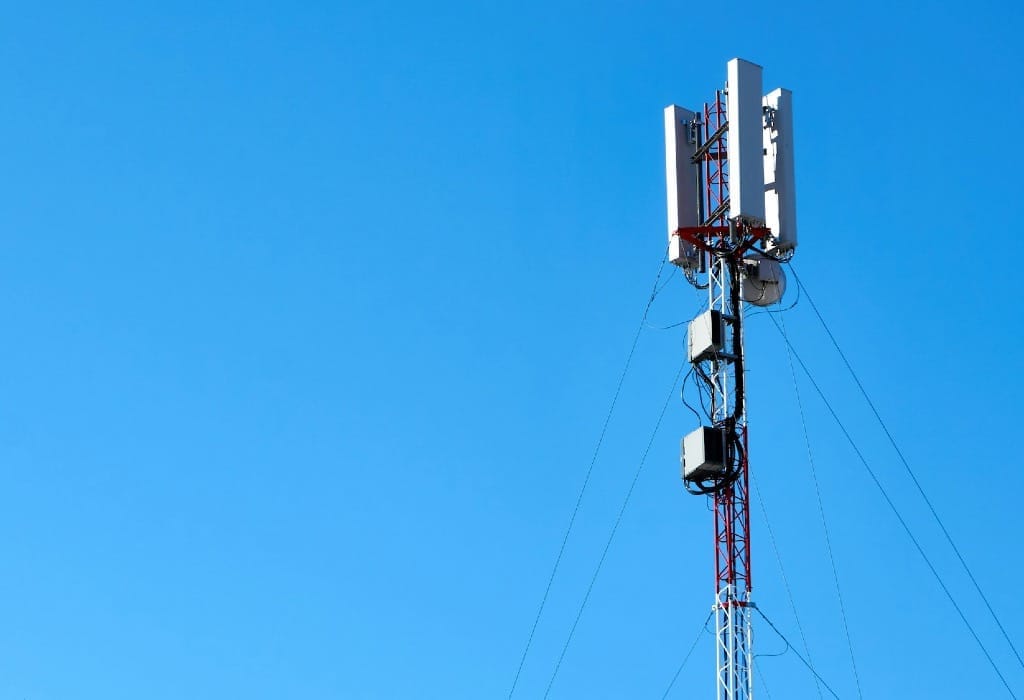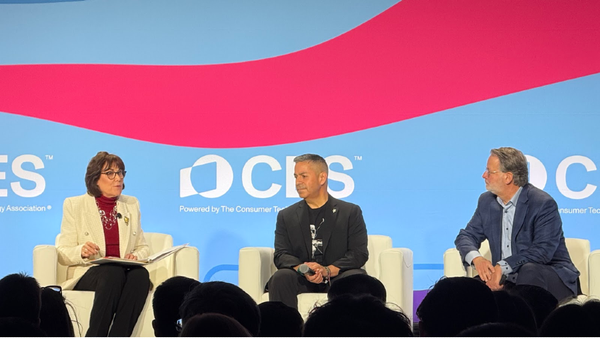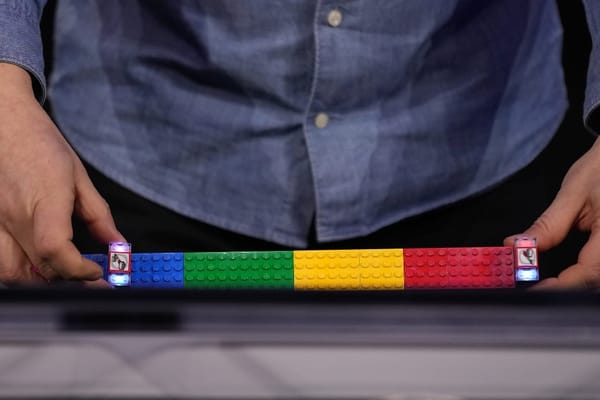Wireless Carriers Can Support 16 Million Fixed Wireless Customers, New Street Says
The four major providers will run out of fixed wireless capacity in 2029, the research firm predicted.
Jake Neenan

WASHINGTON, June 27, 2024 – The four largest wireless carriers in the U.S. likely have enough capacity to support up to 16 million fixed wireless broadband subscribers, analysts at New Street Research said on Thursday.
Excess 5G network capacity has been a source of new home broadband subscribers for wireless companies since 2020, with T-Mobile, Verizon, and AT&T reporting a total of 8.6 million fixed wireless broadband, or FWB, subscribers among them at the end of the first quarter.
But, based on New Street estimates, that growth is set to fall in the coming years. The research house predicts T-Mobile and Verizon, which have seen the lion’s share of fixed wireless growth, will have almost no room for new subscribers after 2025. AT&T and DISH would top out by 2029.
That would be good news for cable companies, who have been losing subscribers to the technology. Executives from Charter dismissed concerns about that trend earlier this year, with the company’s CEO calling fixed wireless an “inferior product with limited capacity and geographic coverage.”
New Street predicted cable additions should increase as fixed wireless capacity crunches.
Analysts arrived at the 16 million subscriber number by adopting a model that T-Mobile used in 2018 to predict the company’s future capacity when justifying its Sprint merger to regulators. The model takes into account spectrum holdings, data usage, and spectrum efficiency. The research house plugged in updated numbers and extended that framework to the other three largest wireless carriers.
New Street analyst Jonathan Chaplin noted on an investor call Thursday that the estimate lined up with what T-Mobile and Verizon have been advising on their fixed wireless goals. T-Mobile has said it’s aiming for 7-8 million subscribers and Verizon has pointed to 4-5 million. The NSR model put T-Mobile at 7.3 million and Verizon at 4.1 million.
The estimate is in part based on assumptions about geographic “mismatch” between where spectrum is available and where there is demand. If those assumptions are a bit less conservative, the carriers could potentially support 19 million subscribers, Chaplin said, though he considered 16 million the most likely scenario.
“If the industry goes much beyond 19 million, it’s going to be by building a new network using different spectrum,” he said.
The option on that front for the near future is to use millimeter wave spectrum, some of which AT&T, T-Mobile, and Verizon already own, and target apartment buildings, Chaplin said. This would in theory open up another 20 million households to fixed wireless broadband
“The problem with this strategy is that it’s costly. It requires building a brand new network,” Chaplin said. In addition, “many [landlords] already have exclusive agreements with ISPs, and that process is incredibly slow and costly.”
That makes a large-scale increase in fixed wireless capacity in the near term unlikely, according to Chaplin.
“The strategy has always been available to the carriers. They haven't tried it to date because it hasn't seemed worth it. It's not clear that it would be worth it in the future,” he said.










Member discussion